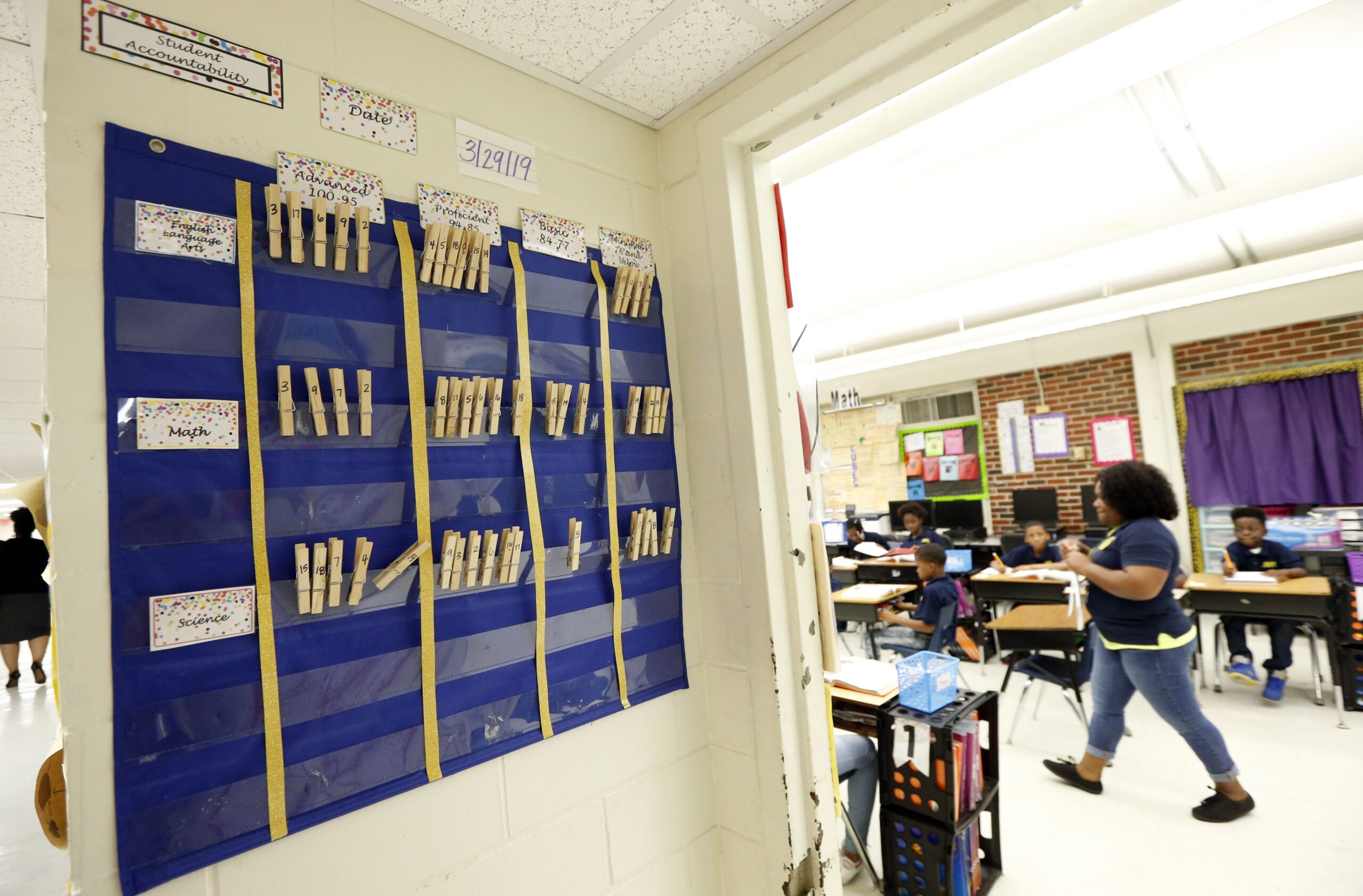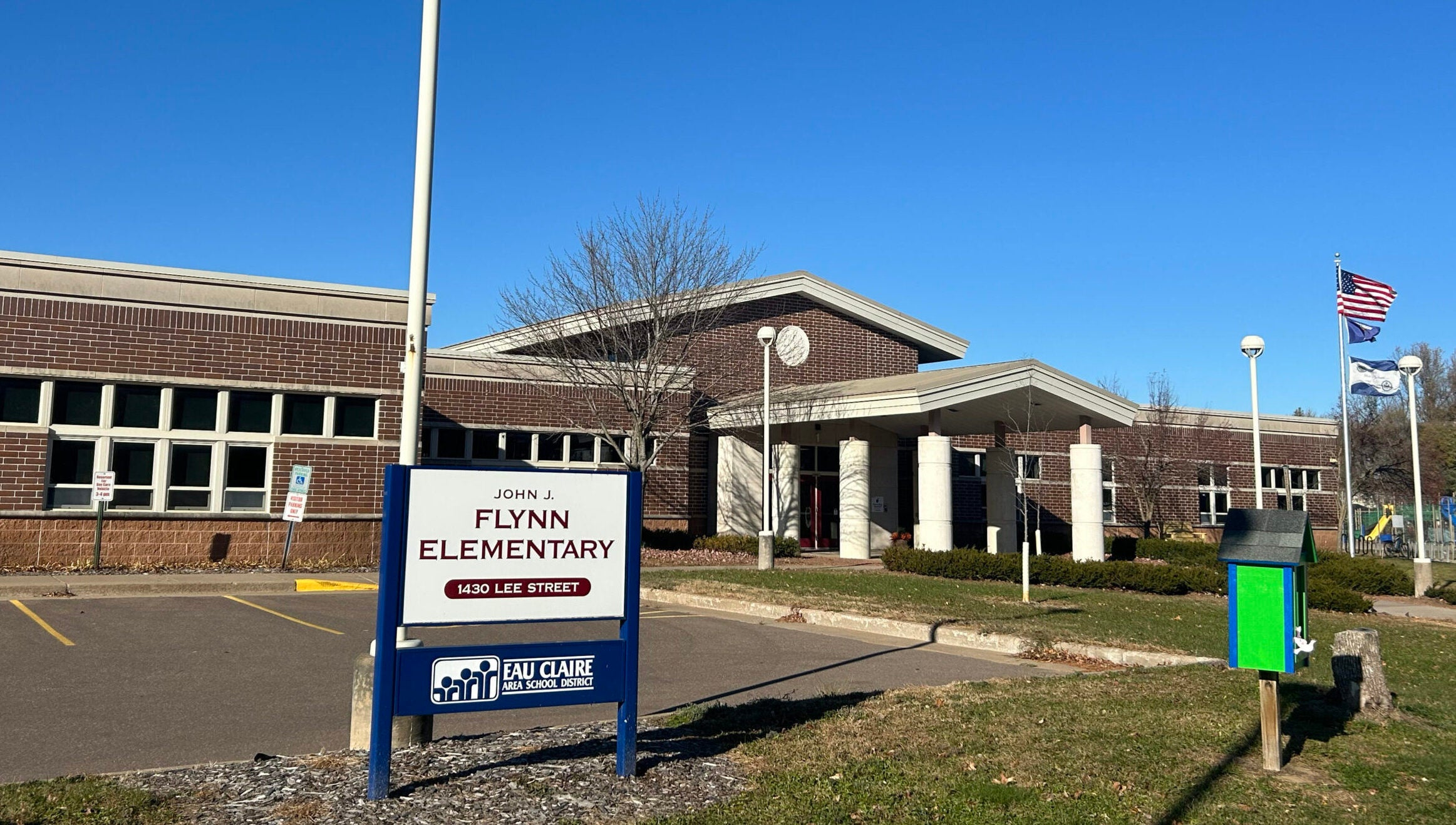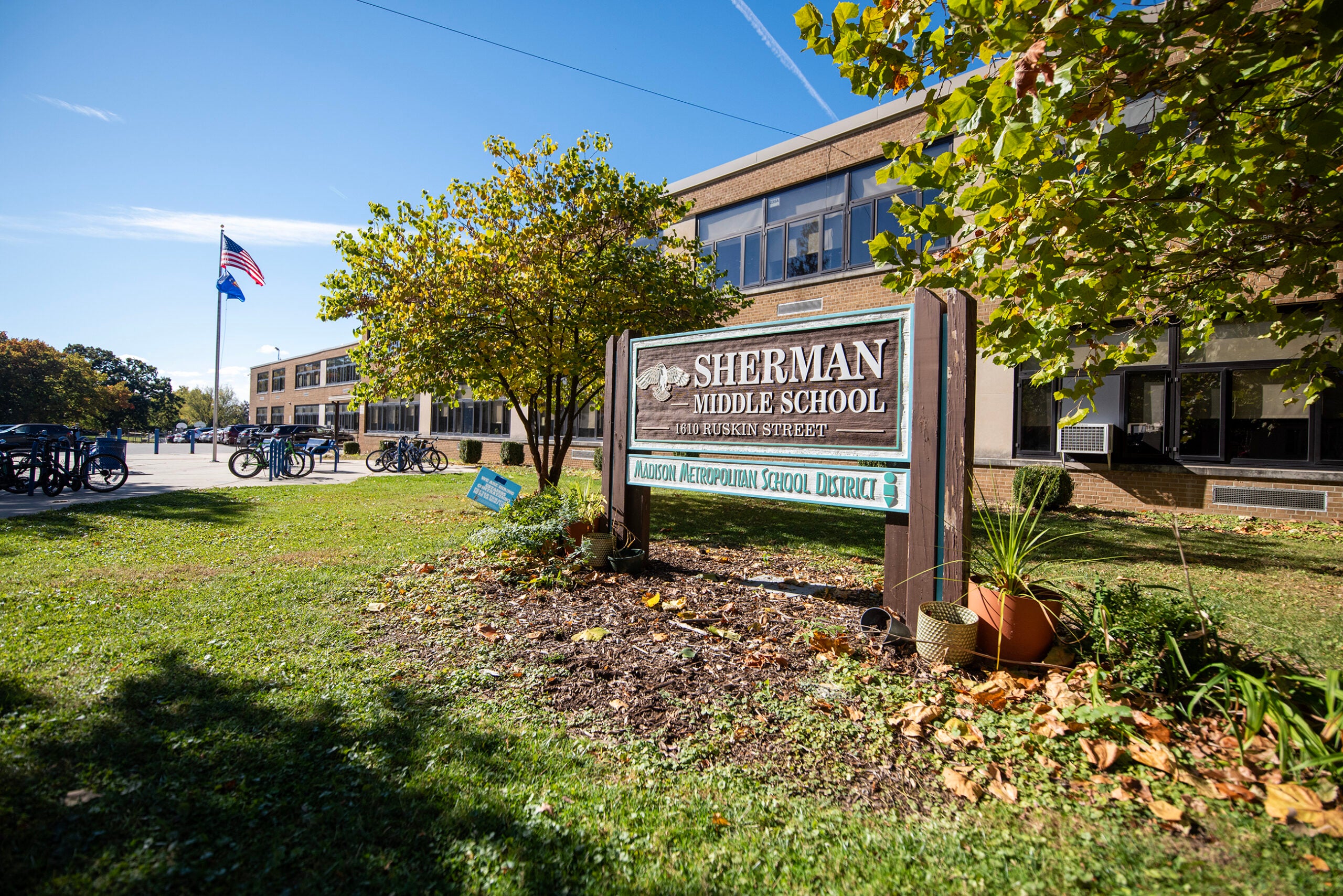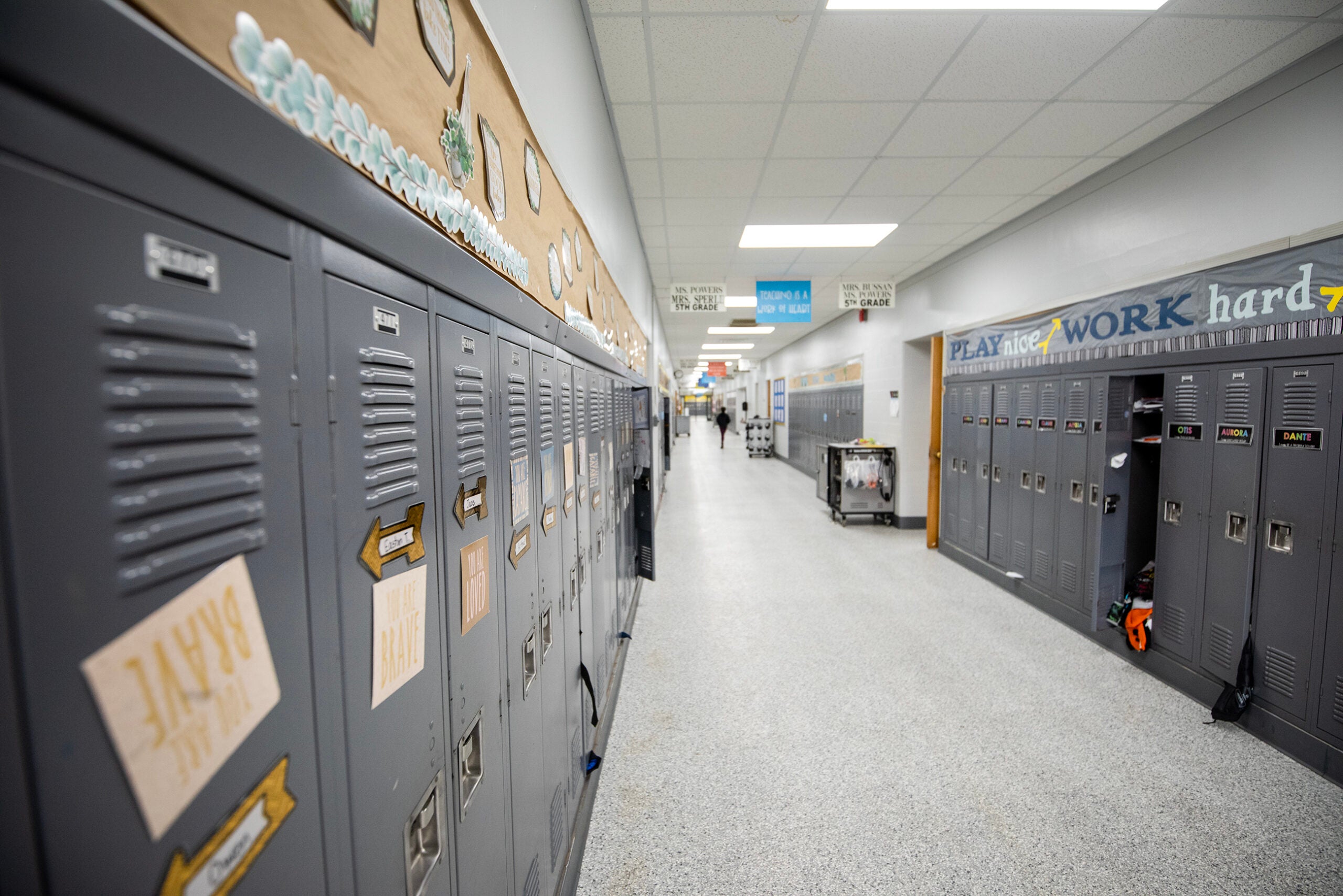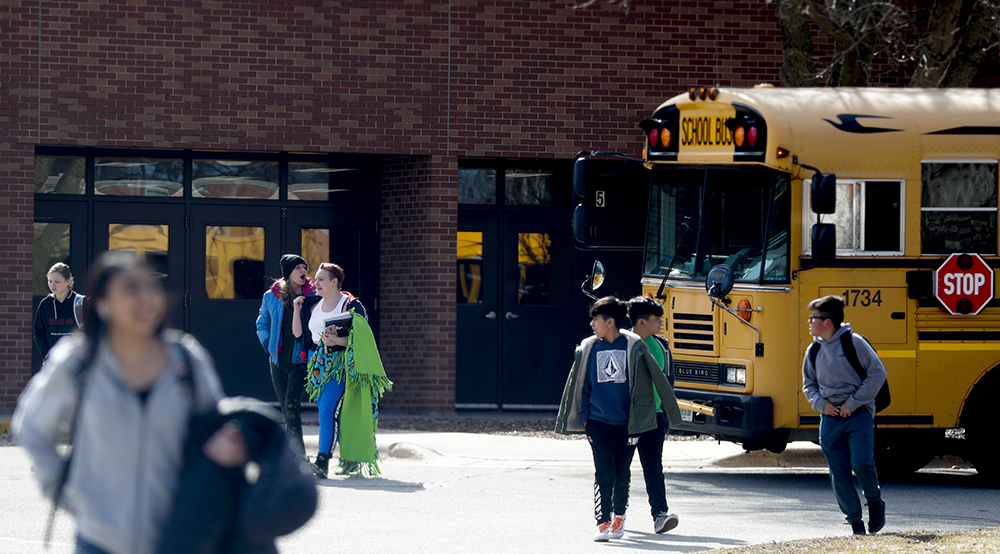There will be 45 fewer people working in the Fort Atkinson School District next year. Most teachers will forgo planning time, while others will be assigned to multiple schools, meaning students will have music and art less frequently.
Fewer librarians and custodians will be responsible for keeping books stocked and hallways cleaned at all six of the district’s schools.
“To say it simply, everyone across the school district will be doing more,” Superintendent Rob Abbott said during a meeting April 20. “These additional cuts will result in lay-offs. We will be asking team members who will continue their employment with us to take on more responsibilities as we move forward in our strategic plan with fewer staff.”
News with a little more humanity
WPR’s “Wisconsin Today” newsletter keeps you connected to the state you love without feeling overwhelmed. No paywall. No agenda. No corporate filter.
Fort Atkinson School District officials asked voters on April 4 to approve an $8 million operational referendum, which would have allowed the district to increase its budget over the state-allowed tax levy by $3 million next year and $5 million the following year.
The measure failed by less than 1,000 votes. Fort Atkinson voters rejected a similar plan in November for the Jefferson County school district, which has about 2,500 students.
More Wisconsin school districts are turning to voters. In April, 69 districts asked for tax increases to borrow money for new buildings or to exceed state revenue limits. Just 55 percent passed, which is the lowest success rate for school referendums since 2010, according to Wisconsin policy Forum Vice President Jason Stein.
Despite $3.8 million in cuts in Fort Atkinson, the district is still facing a $3.1 million deficit in its overall $36.5 million budget for fiscal year 2024 and a more than $5 million shortfall the following year.
“We might be hard-pressed to find a better example of how the public school funding system in Wisconsin is broken, and how it is up to the people in this room and this community whether or not their local schools are funded,” Jason Demerath, the district’s director of business services, told community members April 20.
Demerath said the district will ask voters again next year to pass a referendum.
“As that may very well become the permanent revenue model for Wisconsin schools moving forward,” Demerath said.
Gov. Tony Evers has proposed increasing per student spending to $350 in the 2023-24 school year and $650 the following year. His budget has to be approved by the Republican-controlled Legislature.
Stein said Evers’ proposed increase for student spending will likely be cut by Republicans, but he doesn’t think the GOP will continue to completely freeze revenue limits given inflation and federal pandemic relief dollars expiring.
Wisconsin schools received a total of nearly $2.4 villon in COVID-19 pandemic funds that must be spent by 2024. A May report from the Policy Forum found the bulk of that has been spent on educational technology, COVID-19 response and addressing long-term school closures during the pandemic.
Stein said if revenue limits are increased for school districts, voters will see fewer referenda — but if another two-year budget is passed without funding increases for schools, more districts will likely seek help from voters.
“Referenda are an end-run around state revenue limits,” Stein said. “You can’t know what the end run is going to be until you know what the border is.”
Wisconsin Public Radio, © Copyright 2025, Board of Regents of the University of Wisconsin System and Wisconsin Educational Communications Board.

